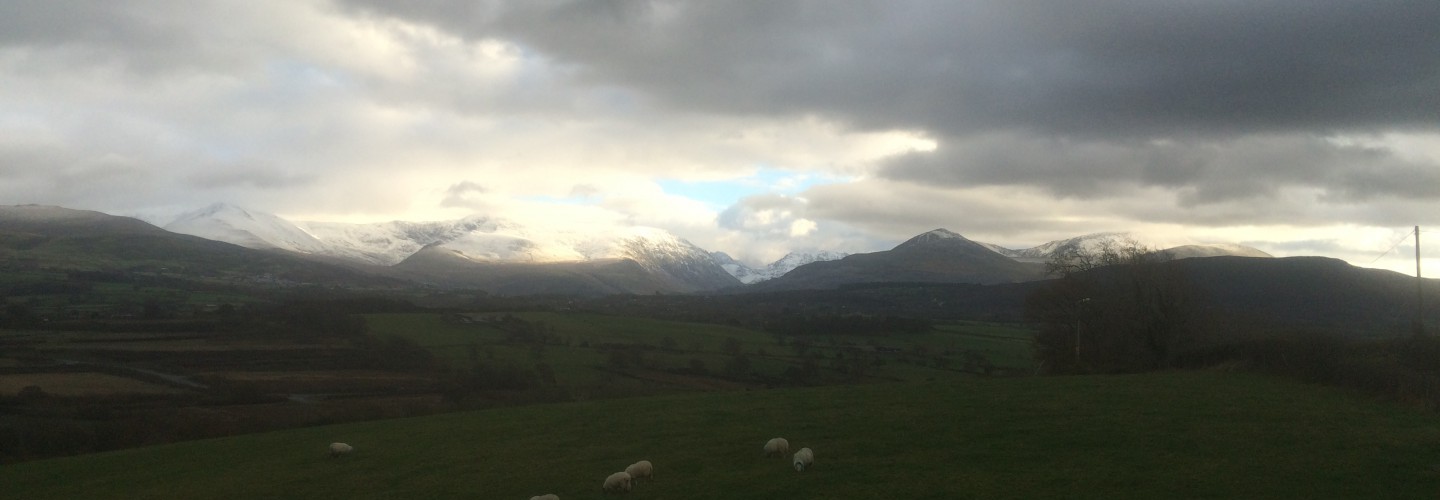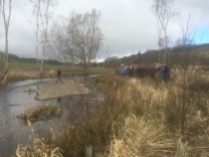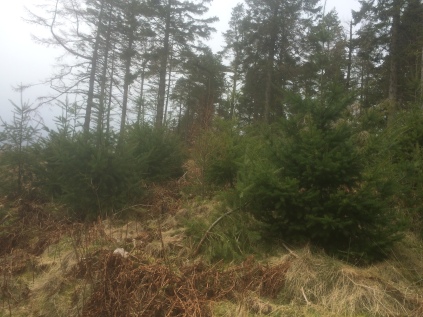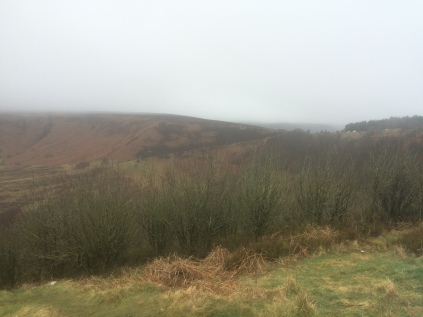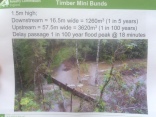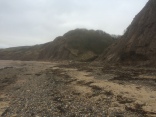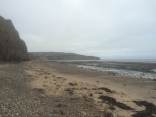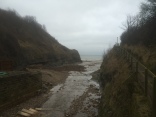Last week was the study tour for some 40 Bangor MSc Forestry students who traveled by coach to the Lake District, the Scottish borders and North Yorkshire to see a range of sites demonstrating Continuous Cover Forestry (CCF), rewilding and flood mitigation. The theme for the week (and subsequent essays we will have to write): the Resilient Landscape. Here is a brief review of the week with some photos and descriptions of the sites. Apologies for any mistakes or ommissions, this is largely a quick write-up of notes taken during the visits.
Day 1 Wythop Forest Continuous Cover Forestry, Lake District.
Gareth Browning of FC England was our host for the day, and explained the management of 156 ha of mixed forests under CCF.
CCF has been practiced in much of the forest here since 1980, with douglas fir as the main species, and there are some impressive specimens (for the UK!!) of up to 52m tall. These areas are now under transition to broadleaf as they fall under the Plantation on Ancient Woodland Site designation (PAWS).
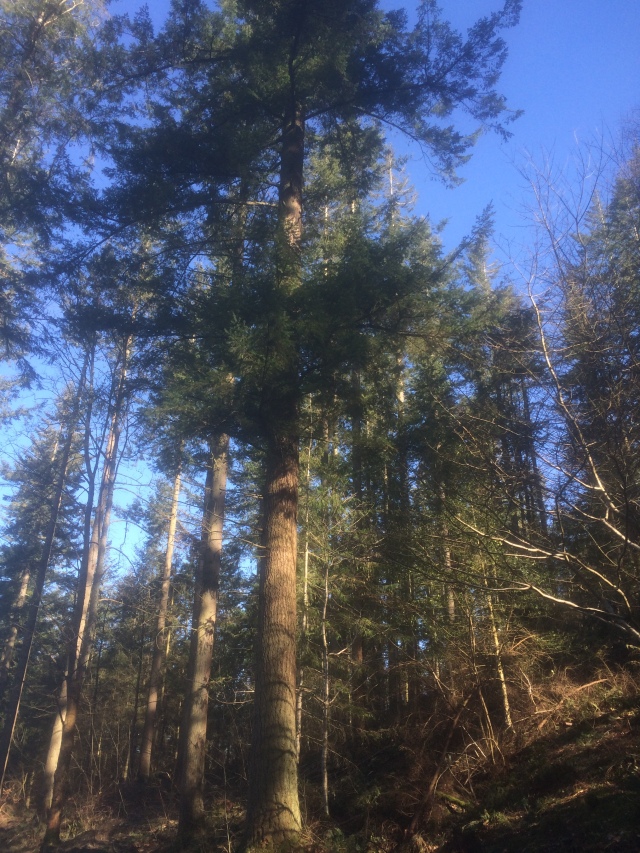
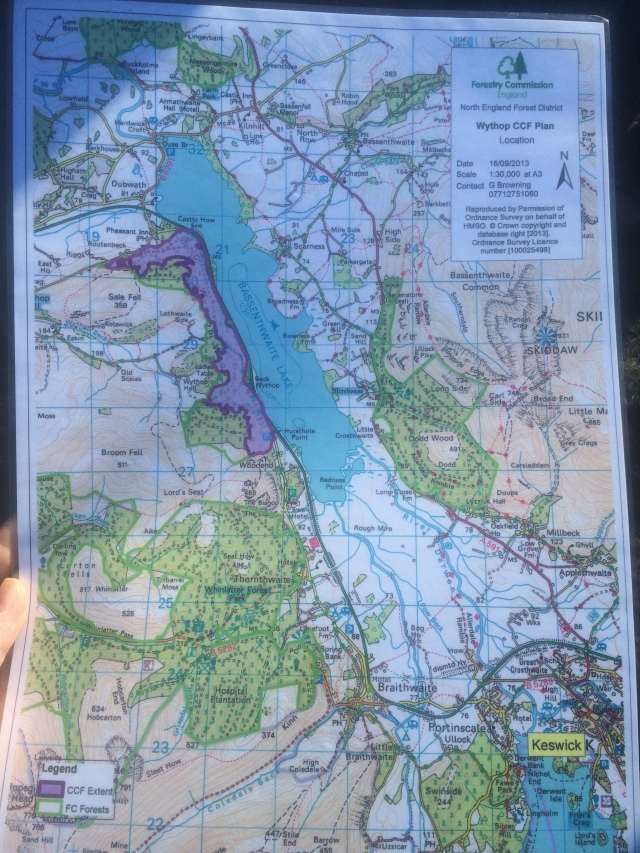
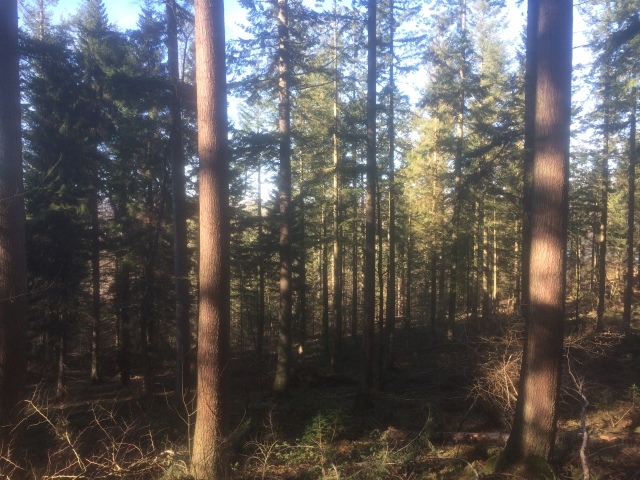

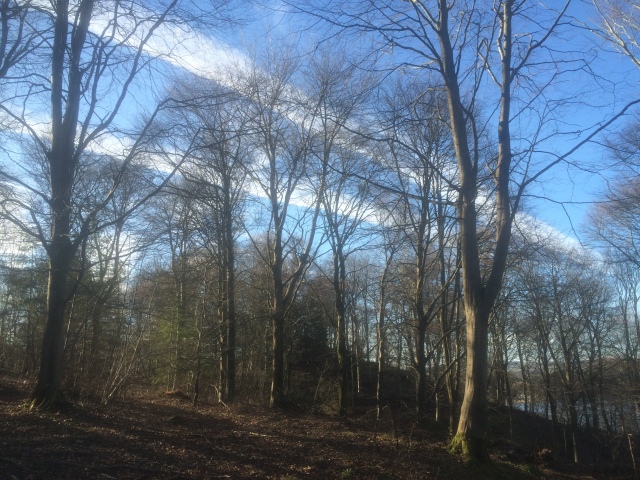
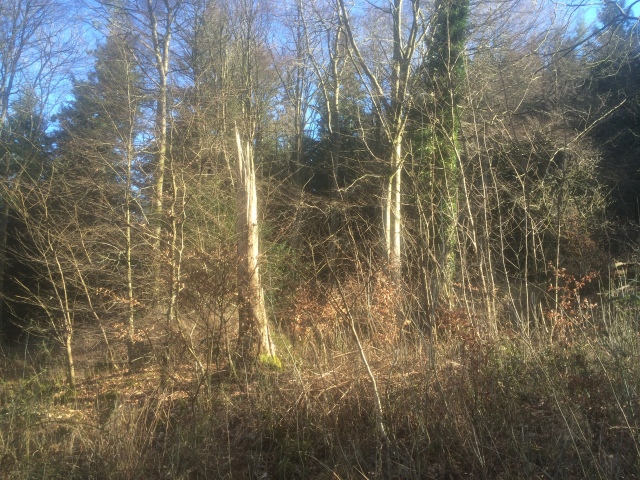
has provided a new market for wood chip, used to power the mill, making thinnings and better forest management more viable. Douglas fir is worth 2-3 times that of Sitka spruce as timber.

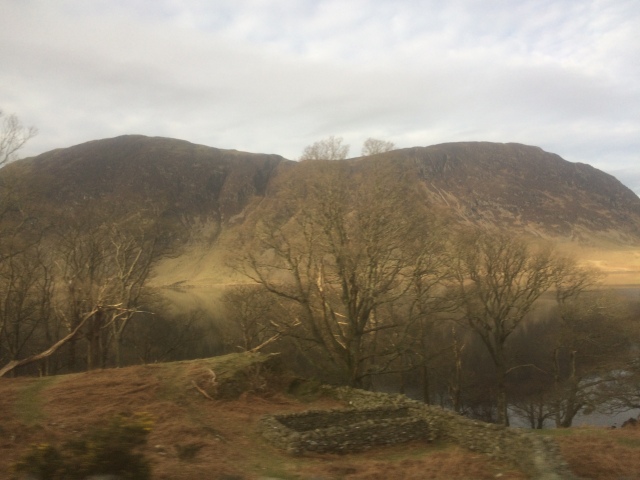
Glen Tress Trial Area
This Forestry Commission forest is half way through a 120-year transition process from single-aged stand Sitka spruce to CCF with diverse age structure and mixed species.
From the FC website:
When the Trial Area was established in 1952 most of the plantations were 20-30 years old. The 117 ha area was divided into six Blocks and the plan was to transform the area over a 60 year period by felling and regenerating groups totalling two hectares in each Block every six years.
Day 3 Carrifran Wildwood

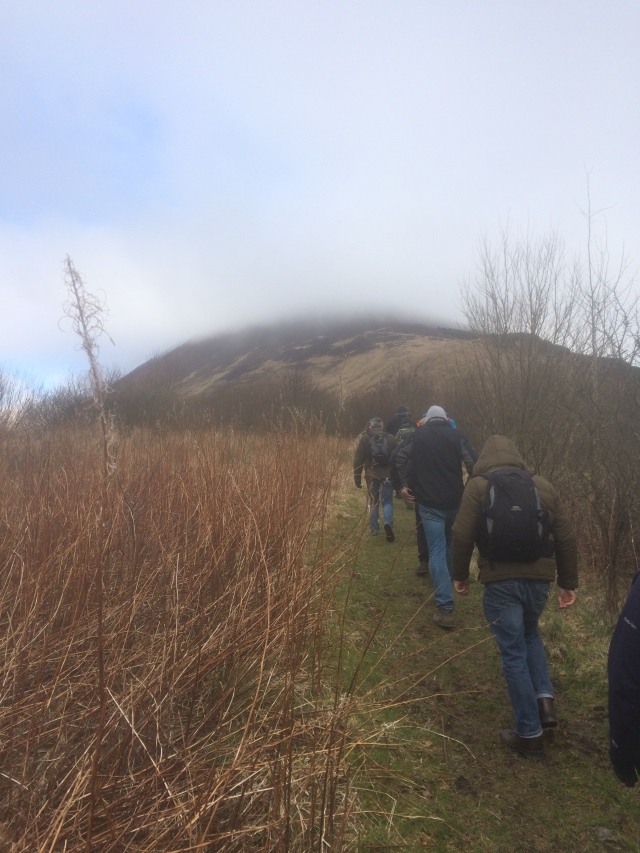
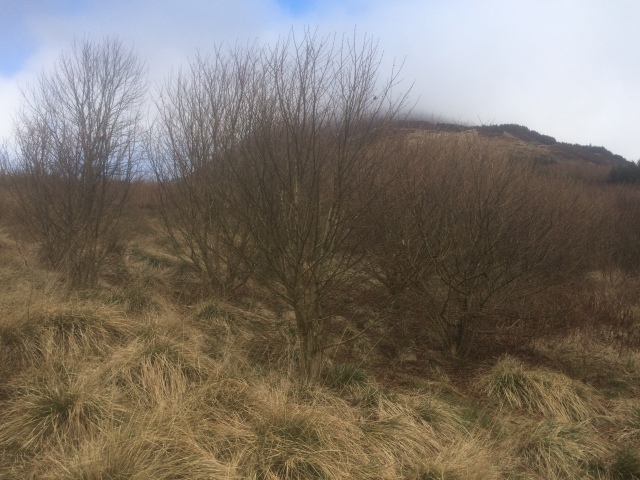
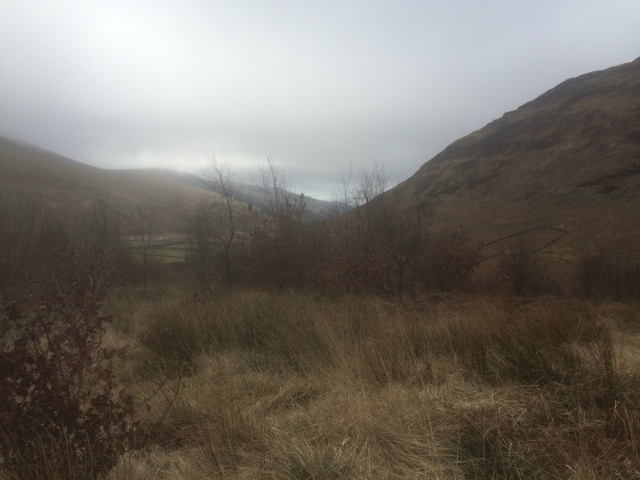
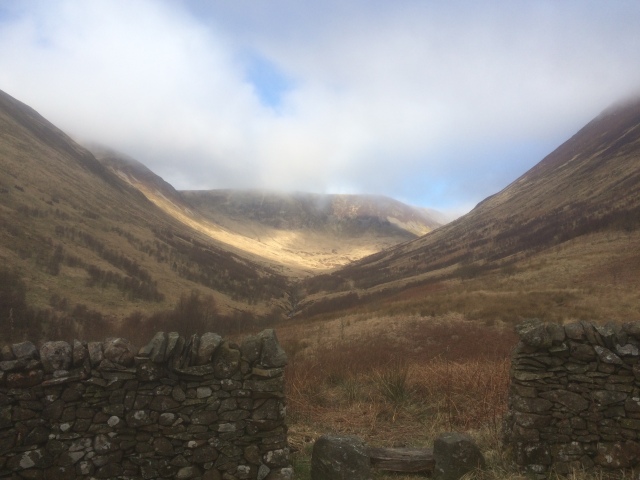
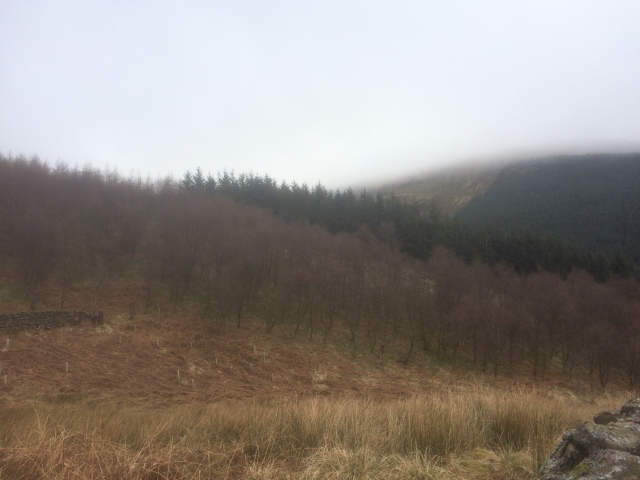
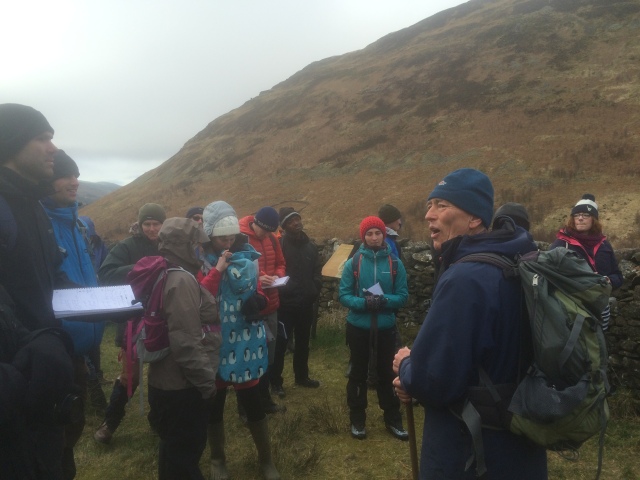
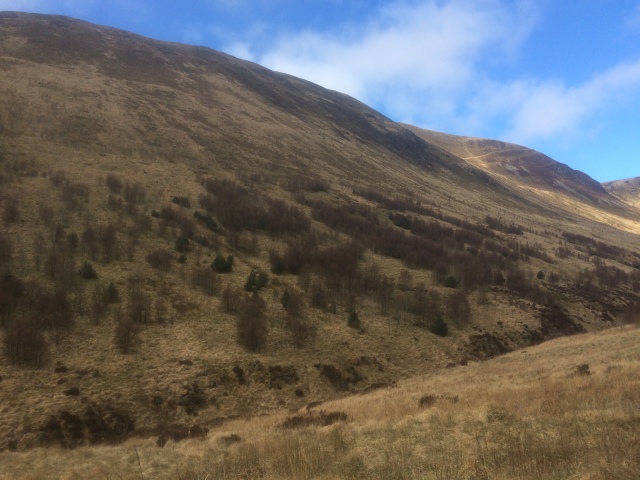
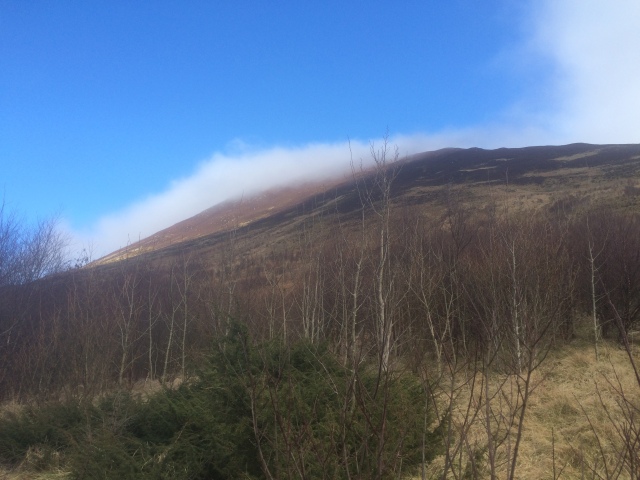
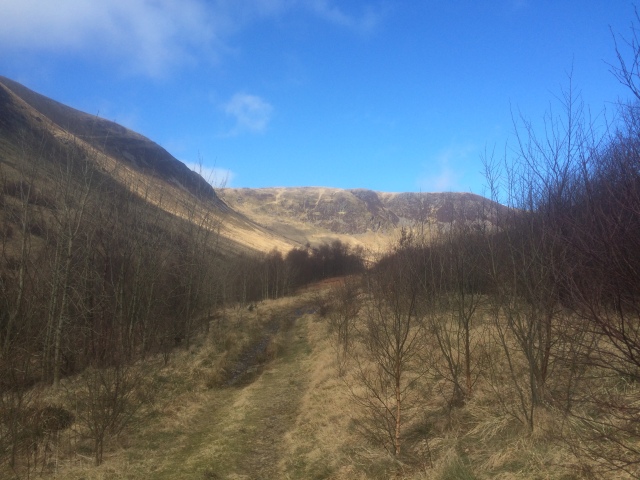
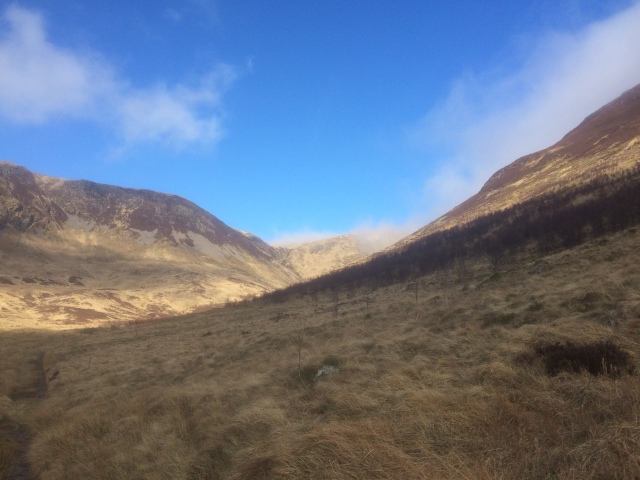
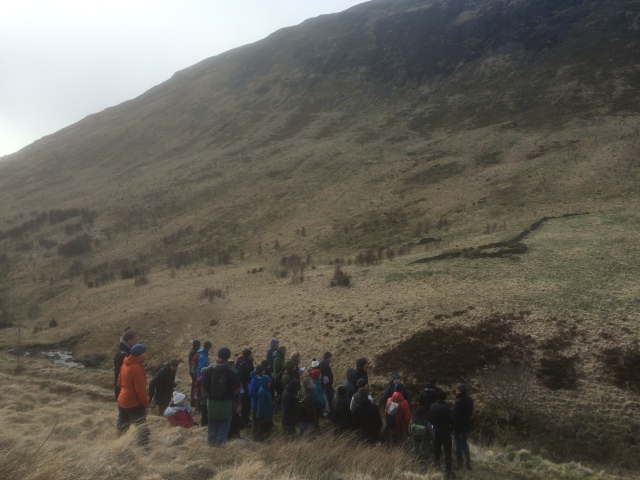
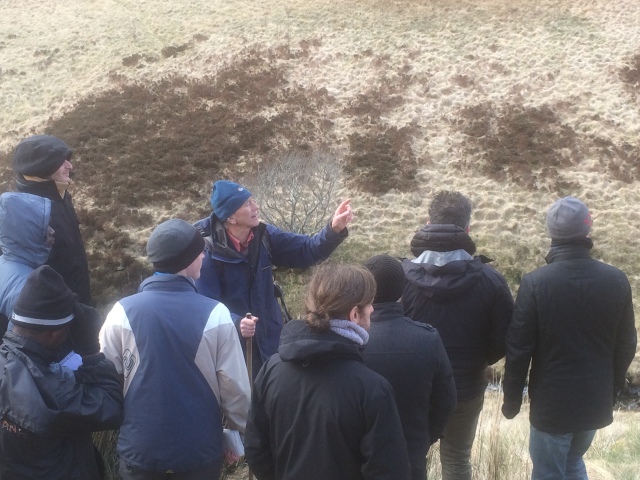
One of the few original trees, a rowan, is visible on the bank behind Philip, now protected from grazers it has several seedlings growing around it.
Perhaps the main issue regarding resilience is that the project relies heavily on a small group of dedicated volunteers, but these are predominantly males over 60. A local hillwalking group regularly walk the entire fenceline to inspect it for faults.
A beautiful place and an inspiring project, well worth a visit.
Day 3: Eskdalemuir
For a complete contrast, our next stop was plantation forestry sites at Eskdalemuir characterized by single-age stands, hard edges and clear-fells. The forestry covers some 20,000 ha of mainly Sitka spruce established in the 1970s and 80s, grown on a 40-year rotation- much of it now ready for or just after felling and re-planting. The forestry is managed by a number of different forest management companies, and we were met by two forest investment fund mangers who discussed the project with us.
This site was the subject of a recent CONFOR report comparing incomes and carbon storage from forestry with upland sheep farming on similar areas, finding that while forestry only receives about 1/6th the subsidies of agriculture, before subsidies it can generate up to 3x the income, as well as being a net carbon store as opposed to an emitter of CO2 in the case of sheep farming.
Much of the discussion was about improving public relations regarding the impact of forestry of this nature. For the second rotation, regulations now stipulate greater age-structure diversity, softer edges with native species on the boundaries, much smaller areas of clear-fell. However, Sitka seems here to stay- in terms of productivity and profitability in difficult environments, it ticks all the boxes while few other species show any real promise. They certainly would not grow so fast-although given some of the limitations of timber quality resulting from the fast growth of Sitka this might not be a bad thing. However, for now the economics of upland forestry manged purely for profit seem to dictate no real increase in species diversification is likely- although worth in excess of £100million, as only a small fraction of the investors’ total portfolio, the risks of catastrophic disease outbreak in Sitka seem to be something that will just be absorbed should the situation arise.
We were told that there has been next to no new conifer afforestation in the past few years, and that this is due to bureaucratic filibustering. Delays spawn further delays and the necessary permissions are just never signed off on. Broadleaf is ok, but while fracking licences for example are guaranteed to be granted within 16 weeks, applications for new conifer plantations have been sitting for several years without progress. This shows perhaps just how far public opinion has swung against conifer plantations, despite their profitability in recent years, which will have serious consequences for British forestry in the future which will meet a supply crunch by 2030 unless new afforestation occurs. In the meantime, with returns on investment forestry still very strong, our fund managers were looking to Ireland for new opportunities (though conifers are certainly not popular there either!).
Day 4 Galloway Forest Park
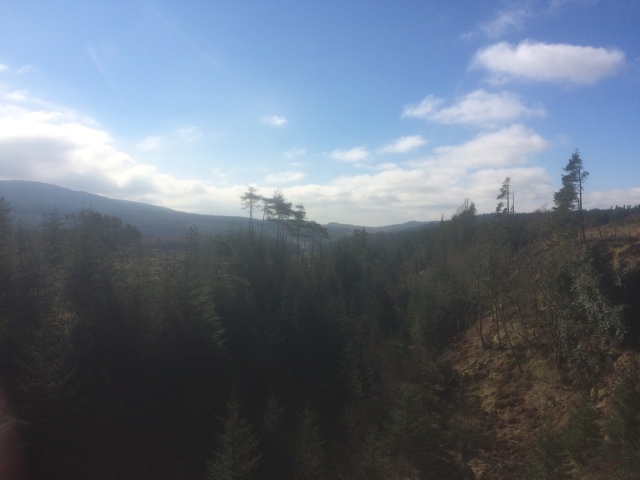
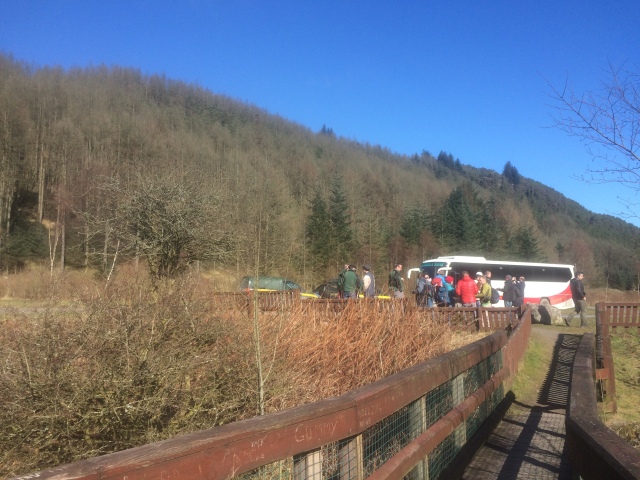 Above- larch stand due for sanitation felling
Above- larch stand due for sanitation felling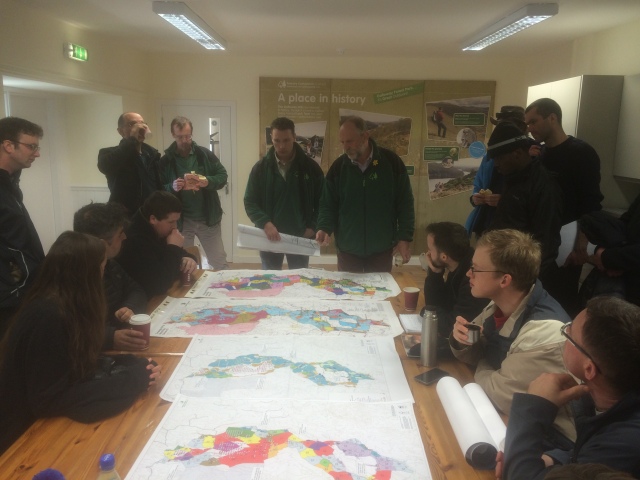
Examining the Forest Management Plans in the Clatterinshaws visitors’ centre.
Dumfries and Galloway is the biggest FC district in Scotland covering 115000 ha with 20% of production at 700,000 cu m. The district generates £80m from timber and recieves £20m from the Scottish government for visitors centres and other recreational facilities.
The species make up consists of:
78% spruce
10% pine
8% broadleaf- this is expected to increase to help meet the national target of 20%
4% larch- all of which is scheduled for sanitation felling on account of Phytopthera ramorum which has been present since 2010. Some of the larch shows signs of healthy branches, and cuttings are being taken for grafting onto rootstocks in the hope of finding resistance- but “noone really expects to find any.”
Great spruce bark beetle has been present since the 1980s but so far can be controlled with one of the few successful biocontrol methods.
Afforestation at Clatteringshaws was begun in the 1940s, with most of these now felled and active felling underway for most of the 1970s plantations also. The area is now being managed to meet a range of production, environmental and landscape demands. New plantings include intimate species mixes to maximise soil benefits, such as shelterwood systems of beech, Silver fir and sycamore. A dozen conifer species and a dozen broadleaf species are in the plans. Rotation lengths for conifers are being extended. 60% of the plantation area is bog and in some cases on deep peat de-forestation is occurring, with the peatlands being restored after felling.
Public opinion was discussed: do the public understand forestry> A resounding “No!” was the answer given. Every two years, the FC commission a public opinion survey which makes for depressing reading (according to one of our lecturers) – forests are generally held in very negative regard, often associated with crime and vandalism. There is serious arson problems in forests closer to the big cities. On the other hand, around Clatteringshaws, while larch is generally preferred aesthetically for its more diverse herbaceous layers and understory, after an initial outcry when sanitation felling takes place (were it not for Phytopthera, most of the larch would be held onto for as long as possible), often the felling of the older blocks has opened up the views and improved opportunities for mountain biking and other activities, and generally been quite well received.
For further information on Scottish FC managment and planning see here.
Day 5 Slowing the Flow, Pickering
Last stop- another flood mitigation project, this time on a much larger landscape scale. The project was initiated after Pickering suffered severe flooding in 2007. The aim is to prevent chronic flooding up to a 1 in 25-year event. Slowing the Flow is a partnership project lead by Forest Research and with DEFRA as the main funder. The project is believed to have saved the town from the worst of the flooding in 2010.
Over a catchment of 66 square kms, there are 50 ha of woodland planted, 140 mini dams and a large bund protecting the railway. There are also mini-bunds and stockades made from spruce, and 170 large woody debris dams.
Although the media has focussed mainly on the soft landscaping measures of tree-planting etc, the engineered bund (see photos) is by far the most significant contribution. The key in flood mitigation is to reduce the peak- “slowing the flow”.
In terms of forestry, planning for species diversification is designed to meet climate scenarios for 2080, when 30% of the public estate is expected to become unsuitable for current species due to higher temperatures. 20% diversification is planned, including shag-bark hickory as a possible alternative to ash, grand fir, Macedonian pine and oriental spruce.
Beavers were discussed as being considered for introduction, with the proviso that they will simply be shot if they get out of hand: they will almost certainly undermine the railway through burrowing. There is roe deer and some red and muntjac, and our FC host, who advocated much more extensive re-planting of the moors which have suffered “centuries of abuse from grazing” commented “lynx would help.”
***
A great trip all considered, very informative and lots to think about. Now all there is to do is write the assignment… Many thanks to our lecturers Mark, James and Tim for organising everything and all the hosts who patiently answered all our questions.
I leave you with some atmospheric photos from where we stayed Thursday night, the beach at the funky and wonderful Boggle Hole hostel just below Whitby, the heart of Dracula country…
